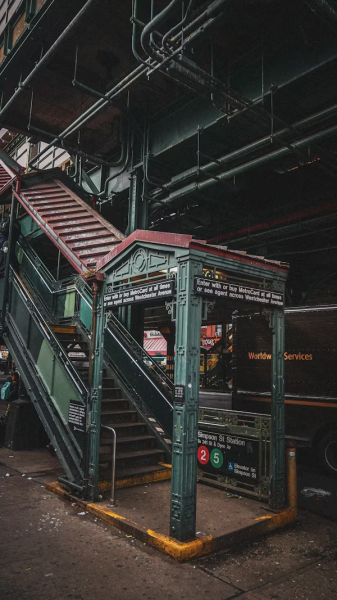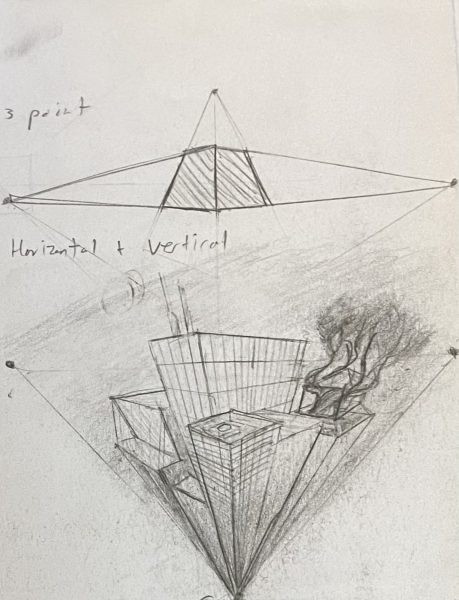Money versus the Environment in the Arctic National Wildlife Refuge
Debates rage over drilling in the Arctic National Wildlife Refuge.
AP Environmental teacher Mr. Wren believes there is too little research to side for or against drilling in the Arctic National Wildlife Refuge.
It wasn’t just your imagination; 2016 was a warmer season, and the ice caps that once allowed polar bears to hunt seals in the ocean are receding more quickly than ever.
Environmentalists know this and desperately want to preserve the fragile environment of the Arctic, which is home to polar bears, caribous, musk oxen, and more than 200 species of migratory birds. However, it looks like the environmentalists have a big challenge coming their way.
The Arctic National Wildlife Refuge (ANWR), is currently looking towards future oil drilling by the Senate. “It’s not a recent debate. These questions have existed for forty years,” said Bronx Science A.P. Environmental Science teacher Mr. Wren.
But now that the Republican Party holds the majority in the Senate, this Refuge is in more danger than ever.
Although it is not known how much oil exists within the ground of the Arctic, the proposal to even drill there has proven controversial to many environmentalist groups. The climate change occurring due to human activity in the U.S. has already affected the lives of animals in the Arctic region. Thinking long term, the immediate impact of setting up oil drills may also one day lead to international conflict. The push for America to become oil independent has the potential to impact global trade. “What if it causes a conflict between nations? It might disrupt oil trade which is really big. I don’t think drilling there is a good idea,” said Ester Liu ’19. Environmentalists fear the devastating ecological impact that drilling directly in these animals’ habitats would have upon the ecosystem.
Koktovik, an Alaskan town, now has up to eighty polar bears menacing the residents there. The bears in this area are escaping the melting ice caps that hinder their ability to hunt. Instead, they scavenge what they can find from the carcasses of whales left from the whaling season in Koktovik. Oil spills and pollution pose a threat to the polar bears, but nothing will affect them as much as the melting ice caps, which will lead to a complete disappearance of their habitat. Not only will this affect the polar bears, but also the caribou, birds, and other animals that rely on the ice caps as part of their habitats.
“If you promise to drill a little at first, how do you know it won’t spread and turn the whole place into an oil plant?”
Questions such as, “How would we clean up an oil spill all the way out in the Arctic?” and “Will other nations fight over the Arctic once oil existing there is discovered?” should all be taken into consideration before any decision is made by the Senate. “If you promise to drill a little at first, how do you know it won’t spread and turn the whole place into an oil plant?” is one of Mr. Wren’s personal questions on the topic. These questions will decide the fate of these animals and the condition of sustainability in the Arctic environment. “If you break down tundra, it will not come back. If you bring in machinery, all of the pristine nature of that area is lost, and I hate the idea of that,” said Mr. Wren.
The true decider of whether to open A.N.W.R. to drilling or not is the Senate itself. But with President Trump in office, no one can be sure what will come of this debate. Members of the Republican Party, including Trump himself, have claimed to not believe in global warming, raising alarms to everyone concerned over theArctic National Wildlife Refuge and the population of its animals.
Jason Cheung is a News Section Editor for ‘The Science Survey’ and a People Section Reporter for ‘The Observatory.’ He enjoys doing journalistic...











